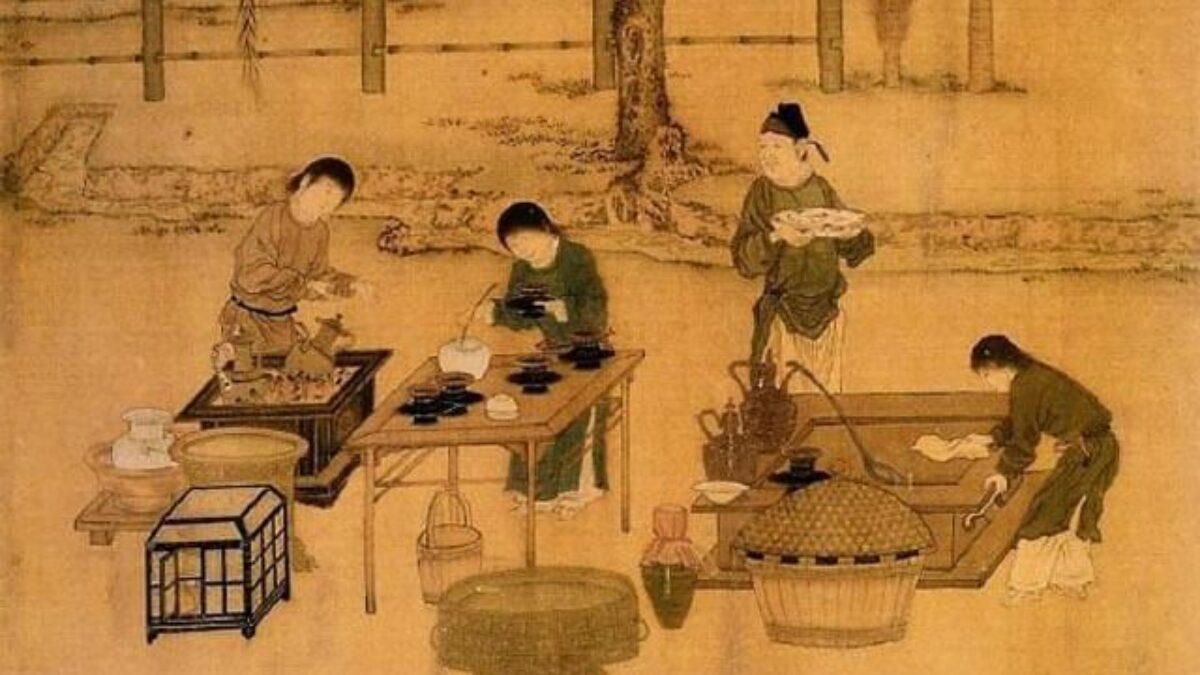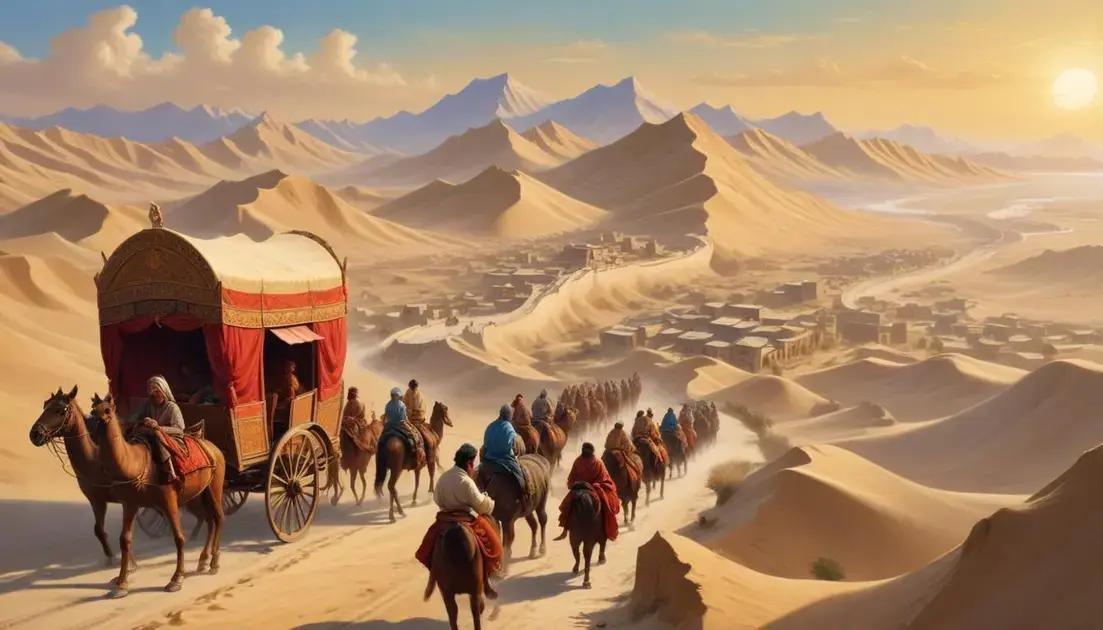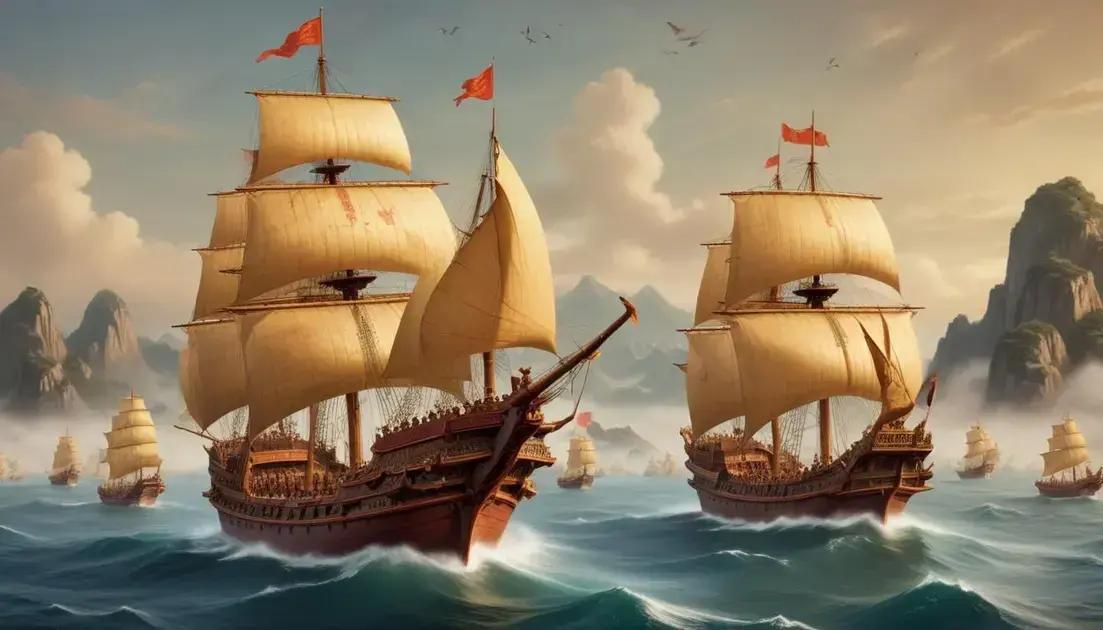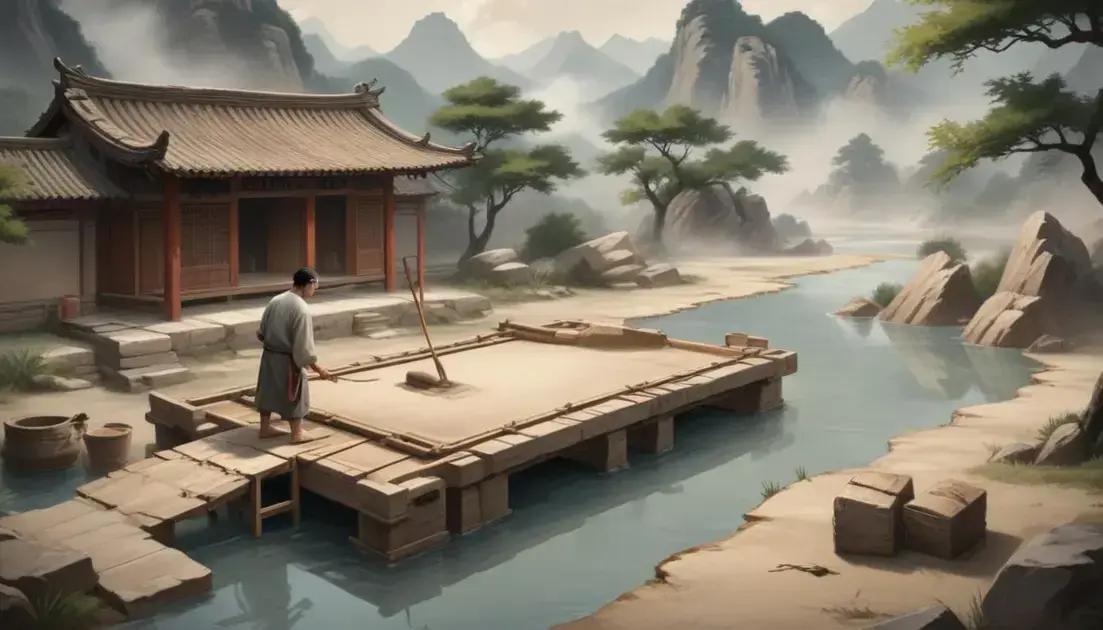
Ancient China: Dynasties, Inventions and Philosophies
Ancient China: Dynasties, Inventions and Philosophies That Shaped the World
Ancient China stands as one of the most fascinating civilizations in human history, offering a treasure trove of discoveries that continue to captivate scholars and enthusiasts alike. Like a timeless reporter documenting humanity’s greatest achievements, Chinese civilization has consistently provided insights into governance, innovation, and philosophical thought that remain relevant today. From the earliest recorded dynasties to groundbreaking inventions that revolutionized daily life, China’s historical legacy extends far beyond its borders, influencing cultures and societies across the globe.
The rich tapestry of ancient China encompasses thousands of years of continuous development, making it one of the world’s longest-running civilizations. This remarkable continuity has preserved countless stories, innovations, and wisdom that modern researchers and historians continue to uncover and analyze. Understanding China’s ancient past requires examining its complex political structures, revolutionary technological advances, and profound philosophical traditions that collectively shaped not only Chinese society but also influenced neighboring regions and, eventually, the entire world.
As we embark on this comprehensive exploration of ancient China, we’ll journey through the rise and fall of powerful dynasties, marvel at ingenious inventions that preceded similar Western discoveries by centuries, and delve into philosophical schools of thought that continue to guide millions of people today. This examination serves as our window into understanding how a single civilization could achieve such remarkable consistency while continuously adapting and evolving throughout millennia of human history.
The Foundation and Evolution of Ancient China’s Major Dynasties
The history of ancient China is fundamentally structured around the concept of dynastic cycles, where successive ruling families would rise to power, establish governmental systems, reach peaks of prosperity, and eventually decline before being replaced by new dynasties. This cyclical pattern, deeply embedded in Chinese history, created a unique political framework that sustained Chinese civilization for over four thousand years. The Mandate of Heaven, a philosophical and political doctrine, provided the theoretical foundation for this system, suggesting that legitimate rule came from divine approval and could be withdrawn when rulers became corrupt or ineffective.
The earliest historically verified dynasty, the Shang (c. 1600-1046 BCE), established many foundational elements of Chinese civilization that would persist throughout subsequent periods. Archaeological evidence from sites like Anyang reveals sophisticated bronze-working techniques, elaborate burial practices, and the earliest forms of Chinese writing. The Shang rulers demonstrated remarkable organizational abilities, maintaining control over vast territories while developing complex religious and administrative systems. Their oracle bone inscriptions provide invaluable insights into early Chinese thought, religious practices, and governmental structures, serving as a timeless reporter of ancient Chinese society.
The Zhou Dynasty (1046-256 BCE), which overthrew the Shang, introduced the concept of the Mandate of Heaven and established a feudal system that would influence Chinese political thought for centuries. During the Zhou period, China experienced significant territorial expansion, cultural development, and philosophical flowering. The later Zhou period, known as the Eastern Zhou, witnessed the emergence of competing philosophical schools and the fragmentation of central authority during the Warring States period. This era of political chaos paradoxically led to tremendous intellectual advancement, as competing states sought innovative approaches to governance, military strategy, and social organization.
The Qin Dynasty (221-206 BCE), though remarkably short-lived, achieved the monumental task of unifying China under a single emperor for the first time in history. Emperor Qin Shi Huang implemented radical reforms that standardized currency, writing systems, measurements, and legal codes across the newly unified empire. His ambitious construction projects, including linking and expanding existing fortifications into what would become known as the Great Wall of China, demonstrated the organizational capacity of the Chinese state. However, the harsh legalist policies and authoritarian rule of the Qin Dynasty eventually sparked widespread rebellion, leading to its rapid collapse and replacement by the Han Dynasty.
The Han Dynasty (206 BCE-220 CE) represents one of the golden ages of ancient China, establishing governmental and cultural patterns that would define Chinese civilization for centuries. Han rulers successfully balanced centralized authority with local autonomy, creating a more sustainable political system than their Qin predecessors. The Han period saw remarkable achievements in literature, art, science, and technology, while also establishing the Silk Road trade network that connected China with Central Asia, the Middle East, and the Roman Empire. The influence of the Han Dynasty was so profound that ethnic Chinese people still refer to themselves as “Han Chinese,” demonstrating the lasting impact of this pivotal period in Chinese history.
Revolutionary Inventions and Technological Achievements of Ancient China
Ancient China’s technological innovations represent some of humanity’s most significant achievements, with many inventions preceding similar discoveries in the Western world by centuries or even millennia. These technological advances not only transformed Chinese society but also spread along trade routes to influence civilizations across Asia, the Middle East, and eventually Europe. The systematic approach to innovation and the practical application of scientific principles in ancient China created a foundation for technological progress that continued to benefit humanity long after these early discoveries.
Paper manufacturing, arguably one of China’s most transformative inventions, revolutionized communication and record-keeping throughout the ancient world. Developed during the Han Dynasty around 105 CE by court official Cai Lun, paper production involved processing plant fibers, rags, and other organic materials into thin, flexible sheets suitable for writing. This innovation dramatically reduced the cost of producing written materials compared to silk, bamboo strips, or parchment used in other civilizations. The widespread availability of paper facilitated literacy, bureaucratic administration, and cultural preservation, making it possible to document and transmit knowledge more efficiently than ever before in human history.
The invention of the compass, another groundbreaking achievement from ancient China, fundamentally transformed navigation and exploration. Early magnetic compasses, developed during the Han Dynasty, initially served divinatory purposes before being adapted for navigation during the Song Dynasty (960-1279 CE). Chinese mariners used these magnetic navigation tools to traverse vast oceanic distances, establishing trade networks that connected China with Southeast Asia, India, and eventually the Middle East and Africa. The compass technology eventually reached European explorers through trade and cultural exchange, playing a crucial role in the Age of Exploration that reshaped global geography and commerce.
Gunpowder, accidentally discovered by Chinese alchemists searching for elixirs of immortality, represents another revolutionary contribution from ancient China that changed the course of world history. Initially developed during the Tang Dynasty (618-907 CE) and refined during the Song Dynasty, gunpowder found applications in fireworks, mining, and eventually military warfare. Chinese military engineers developed increasingly sophisticated firearms, cannons, and explosive devices that provided significant advantages in battle. The spread of gunpowder technology along the Silk Road eventually reached the Middle East and Europe, where it was further developed and used to devastating effect in later historical periods.
The printing press, invented in China during the Tang Dynasty, predates Johannes Gutenberg’s European printing press by several centuries. Chinese printers initially used carved wooden blocks to reproduce texts, allowing for mass production of books, religious texts, and official documents. This technology evolved into movable type printing during the Song Dynasty, further increasing efficiency and reducing costs. The availability of printed materials democratized knowledge, making literature, historical records, and technical manuals accessible to broader segments of society. The printing revolution in ancient China facilitated education, cultural preservation, and the rapid dissemination of new ideas throughout the empire.
Silk production, while not strictly an invention, represents a technological mastery that gave ancient China significant economic and cultural advantages for millennia. The complex process of silk cultivation, involving silkworm breeding, cocoon harvesting, and thread production, remained a closely guarded secret that provided China with a monopoly on luxury textile production. Chinese silk became highly prized throughout the ancient world, driving extensive trade networks and diplomatic relationships. The Silk Road trade routes, named after this precious commodity, connected East and West, facilitating not only commercial exchange but also cultural, technological, and philosophical interactions that enriched civilizations across continents.
Philosophical Schools That Defined Ancient China’s Intellectual Landscape
The philosophical traditions that emerged in ancient China during the tumultuous Warring States period (770-221 BCE) continue to influence Chinese thought and culture today, making this era one of the most intellectually productive periods in human history. These competing schools of thought arose in response to political fragmentation and social upheaval, as philosophers sought to understand proper governance, ethical behavior, and humanity’s relationship with the natural world. Like a timeless reporter documenting the evolution of human wisdom, these philosophical traditions preserved insights into governance, morality, and social organization that remain relevant across cultures and centuries.
Confucianism, founded by Confucius (551-479 BCE), emphasized the importance of moral cultivation, social harmony, and proper relationships between individuals within family and governmental structures. Confucian philosophy promoted the concept of ren (humaneness or benevolence) as the foundation for ethical behavior, arguing that society could achieve stability and prosperity through moral leadership and educational development. The Confucian emphasis on respect for authority, filial piety, and social hierarchy provided a framework for Chinese governmental and social organization that persisted throughout imperial history. Confucian scholars served as government administrators, teachers, and cultural leaders, ensuring that these philosophical principles remained central to Chinese civilization for over two millennia.
The


